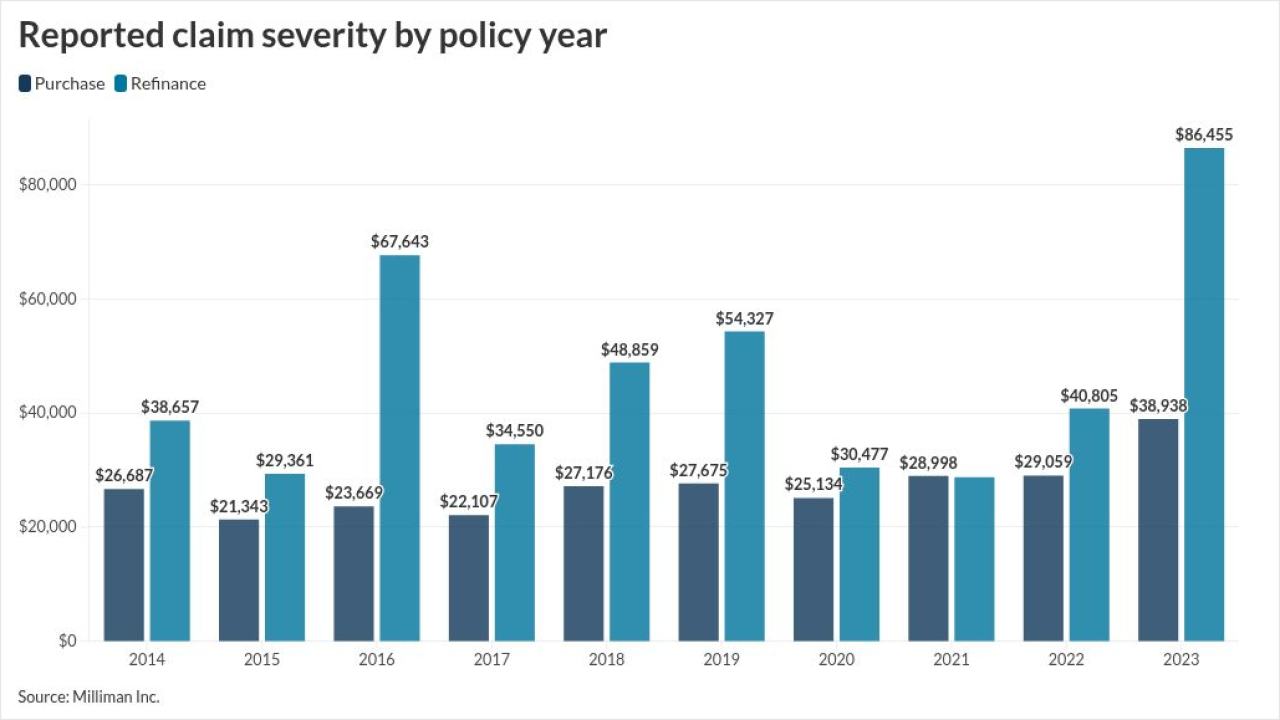In the last year, insurers, from Geico to Patriot National, have moved more to the cloud. The use of cloud-based storage has increased 90 percent from January 2012 to June 2013, according to "The 2013 State of the Enterprise Cloud Report" from Verizon.
A CEB TowerGoup survey querying strictly insurers echoes the increase. In fact, many insurers (32 percent) already are set to replace their existing cloud technology by 2017. The early 2013 survey indicates that 64 percent of insurance firms expect spending on cloud solutions to increase in the next two years. And, 59 percent say insurance cloud solutions provide somewhat high, high or very high value to their company.
The move could cut down IT costs, increase agility and speed to market. And some insurers are now looking to move even more of their core systems and analytics into the cloud. The cost play is a significant value, according to Accenture's managing director, global insurance industry John Del Santo. "An insurance company has anywhere from 2 percent to 5 percent of its revenue tied up in technology," he says. "Accenture estimates cloud can lead to 20- to 30-percent cost savings on basic infrastructure services."
All of CEB TowerGroup's data shows that the biggest value is business agility and speed to market, says Karen Pauli, research director with the research and consulting firm. "While there is a cost play, if you take a look at the pressing issues insurers have - legacy system burden and getting new products to market - especially for mid-market carriers, cloud can be the solution," Pauli says.
"The value of cloud isn't just cloud," Pauli explains. "The value of cloud is what you put on it. I do not discount the value of data centers in cloud, but the real transformational value for insurers is getting core technologies in the cloud. Many of the core providers are working with cloud partners to make that a reality. We're going to see action in 2014 in the core areas."
Insurers have plenty of experience with niche cloud vendors providing specific slices of functionality, according to Accenture's report "The Digital Insurer: A New Era in Insurance-Cloud Computing Changes The Game." For example, insurers have been using cloud auto-estimating packages for more than a decade, and have used medical bill processing cloud solutions for 10 to 15 years. The cloud offers new ways to bolster analytic capabilities (e.g., using neural networks to identify high-value customers at risk of switching carriers or spotting fraudulent insurance claims).
Research and advisory firm Saugatuck Technology forecasts a big shift to more business intelligence in the cloud in the near future. According to its report, "Saugatuck's Boundary-free Enterprise Model: Concept, Impact and Guidance," enterprise preferences for BI will drastically transition from on-premise to some variation of cloud deployment or as-a-service over the next four years.
Saugatuck Analyst Bruce Guptill says there are strong cases for the reach and scalability of BI in the cloud, which has reduced core problems of access and delivery of enterprise data. Under it all rests the desire for and ingestion of more data, where cloud shows the most promise to drastically alter the look of BI, says Guptill.
"I've never met any business or IT leader who complains about not having enough data. The complaints have always centered on how to find, access and effectively utilize the data available. With cloud, we have the reach and scale of data access that removes most barriers to finding and accessing data, hence the rapidly-accelerating interest in big data analytics," Guptill says. "But where big data and traditional BI alike are most likely to fail is in data coordination and management - i.e., MDM - and then integration of that data into processes. We have practically unlimited data available, now we really need ways to manage it, quality-control it, secure it, cleanse it, etc. That's the next big thing for cloud BI and big data alike."
The value of cloud is great, and so are the challenges, CEB TowerGroup's Pauli says. "Senior executives' resistance to change is a hindrance. But, lack of effective governance, policies and guidelines is the No. 1 reason insurers give for not adopting cloud quicker. This is new to many insurers." She says there will be a lot of activity in developing a governance framework, and it will continue in 2014.
But, even before the governance framework development, insurers need to focus on the vendor selection and relationship. "Insurers will be challenged in 2014 with becoming even more diligent about their vetting process because most technology providers are getting in the game. There are very few that aren't trying to come up with cloud strategy."
In fact, at least 20 insurance software providers made cloud-related announcements in the second half of 2013. Pauli's advice for insurers centers on inclusion. "Everyone thinks this is just a technology deal," she says. "General counsel, end users, business users, CFO, app partners all will have questions. Cloud pushes a process. It's not just an IT initiative. IT is really becoming the broker of cloud technology; they're the ones that will facilitate it. You really need to make sure that everyone who has a piece of the action gets their questions answered and are on board."
To see all of INN's Top 5 Trends for 2014,





